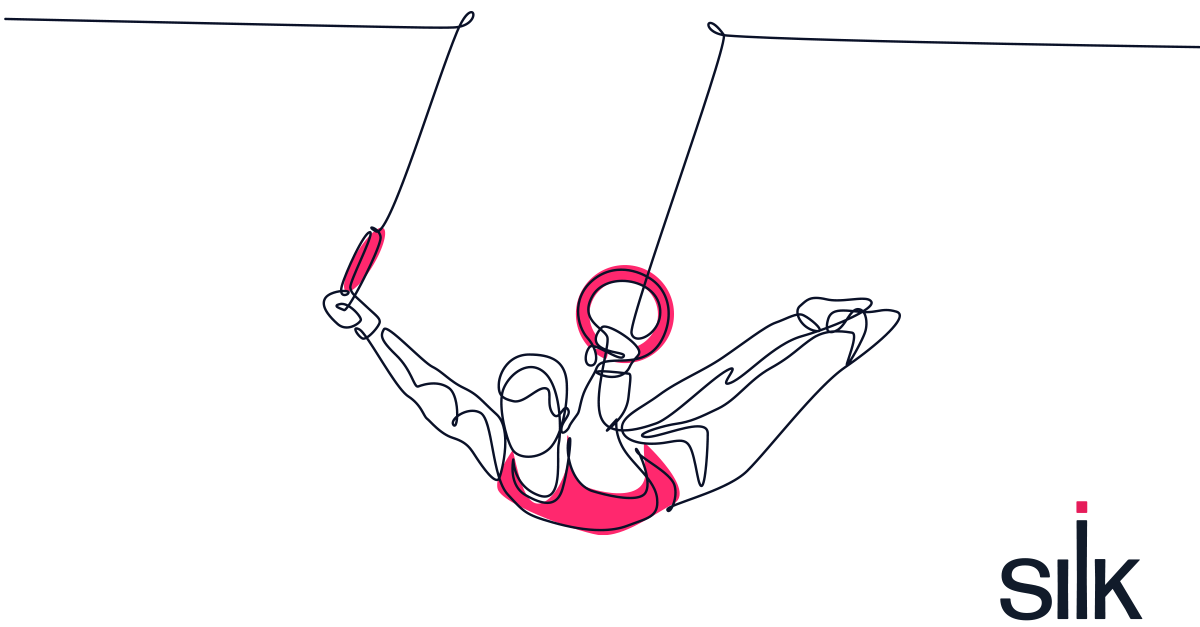The landscape of digital transformation is witnessing a significant surge in organizations migrating to the cloud, a trend that underscores the strategic shift towards more agile, scalable, and cost-efficient IT solutions. Recent industry reports and surveys consistently highlight that a substantial majority of organizations are either in the process of migrating to the cloud or planning to do so. The drive of application migration to the cloud is not restricted to specific sectors but spans a diverse range of industries, from healthcare and finance to education and retail, reflecting the pervasive recognition of the cloud’s transformative potential.
The reasons behind this mass migration are multifaceted. Organizations are increasingly drawn to the cloud’s promise of enhanced flexibility, improved disaster recovery, and the ability to deploy cutting-edge technologies such as artificial intelligence, machine learning, and the Internet of Things (IoT) at scale. Additionally, the operational cost savings, combined with the shift from capital expenditure to more predictable operating expenses, make a compelling case for cloud adoption. The percentage of organizations making this shift is consistently growing, a testament to the cloud’s role as a cornerstone of modern digital strategy. As the cloud continues to evolve, offering more advanced and secure solutions, its adoption is expected to escalate further, shaping the future of how organizations manage and leverage their IT resources.
The next challenge surrounds how your organization will get there.
Steps for Migrating Applications to the Cloud
Step 1: Evaluate Your Application Portfolio
The initial step in cloud migration involves a thorough review of your applications to identify those that can easily adapt to the cloud and those that may require significant modifications. Evaluate the cost-effectiveness, performance, security, and user-friendliness of running your applications on the cloud compared to their current setup and assign categories with headers
Assessing application readiness for cloud migration:
- Green: Ready for migration.
- Yellow: Preparing for migration.
- Orange: Needs major changes.
- Red: Cannot migrate without significant impact or changes.
These categories will help determine the feasibility and readiness of each application for cloud transition.
Step 2: Assess Cloud Readiness of the Application
After the high-level assessment and categories for potential application migration is complete, perform a deeper assessment of each application’s cloud readiness. This involves scrutinizing the application’s architecture, dependencies, operating system, hardware, storage, backing services, and data and workload requirements. It’s not uncommon for the initial category assessments to change once this deeper analysis is performed on each environment. It’s also vital to estimate the volume of data migration and establish on-premises performance benchmarks for future comparisons with cloud trials.
Step 3: Determine the Necessity of Application Updates for Cloud Migration
The application readiness assessment might lead your organization to several paths:
Refactoring: Optimize the application to harness cloud-native features and functionalities. While this offers efficiency and performance gains, it’s time-intensive and can introduce high costs and risks, including potential vendor lock-in and performance/scalability limits.
Lift and Shift: Transfer the application to the cloud with minimal modifications. This method is quicker and less risky but might not leverage the full spectrum of cloud features. It does, however, enable higher performance capabilities and less limits than cloud service solutions.
Containerization: Employ containers to facilitate partial migration and refactoring, balancing time-to-mitigation, cost, and risk. Containers package application code with necessary libraries and dependencies, allowing flexible execution across environments. Technical requirements of mission-critical applications may make containerization impossible without significant changes to functionality.
Step 4: Conduct a Cost Assessment and Acknowledge Cloud Adoption Benefits
Compare the costs of running the application on-premises versus in the cloud, factoring in the expenses related to application refactoring or updates. Assess the investments in hardware and software against the cloud vendor’s cost structure. Also, inventory the strategic business benefits driving the shift to cloud technology.
Step 5: Select the Optimal Cloud Environment and Service Provider
Choose from various cloud environments, each with unique features:
- Public Cloud: Shared resources accessed over the internet.
- Private Cloud: Exclusive resources accessed via the internet or a private network.
- Hybrid Cloud: A combination of public and private clouds.
- Multi-Cloud: Utilizing multiple public cloud services.
Carefully consider how your application will perform post-migration. Suboptimal planning could degrade performance and inflate IT costs, negating cloud migration benefits. Evaluate major Cloud Service Providers (CSPs) like AWS, Microsoft Azure, and Google Cloud , paying attention to their unique offerings, certifications, technologies, data policies, service dependencies, contracts, resource limits, and support for migration and vendor lock-in scenarios.
The Challenges of Migrating Mission-Critical Applications to the Cloud
Enterprises often reserve their most crucial applications for later migration phases to mitigate risks. However, concerns regarding performance (like IOPS, throughput, latency), unpredictable cloud expenses, and the intricacy of migrating vital applications remain. Performance is a primary factor influencing cloud costs, and the complexity of migrating mission-critical applications adds another layer of challenges.
Performance benchmarks from on-premises setups should be established and referenced during the migration process. This facilitates the monitoring of performance impacts, aiding in their quick identification and resolution.
Signs That It’s Time to Improve Your Cloud Strategy
Performance Issues: If cloud-migrated applications suffer from performance instability or delays, consider revisiting your cloud strategy.
Unpredictable Cloud Bills: A surge in cloud expenses calls for a reassessment of cloud governance and spending strategies.
The Benefits of Using the Silk Cloud Data Platform
Silk assists enterprises in migrating mission-critical applications to the cloud. The Silk Cloud Data Platform acts as a virtual layer between the application stack and cloud infrastructure, boosting database performance and reducing cloud costs by 30%.
Key benefits include:
Performance: Silk ensures consistent low latency and high throughput for vital applications without linking performance to capacity, preventing unnecessary expenses.
Advanced Data Services: Silk’s rich data services stack includes real-time data reduction, zero-footprint snapshots, encryption, and native replication services, fostering average cloud savings of 30%.
Data Mobility for Hybrid Cloud: Silk facilitates effortless data movement between infrastructures, offering the benefits of cloud-native solutions without the need for extensive refactoring.
Resiliency: With a no-single-point-of-failure architecture and self-healing capabilities, the Silk platform ensures robust disaster recovery and business continuity.
In summary, cloud application migration is a multifaceted process demanding careful planning, strategic decision-making, and a thorough understanding of both the current and target environments. By addressing the complexities and leveraging the right tools and platforms, organizations can transition to the cloud effectively, ensuring optimal performance, cost-efficiency, and alignment with business objectives.
Assess Your Application's Cloud-Readiness!
Get a step-by-step guide and make sure your applications are ready for the cloud.
Let's Go!



